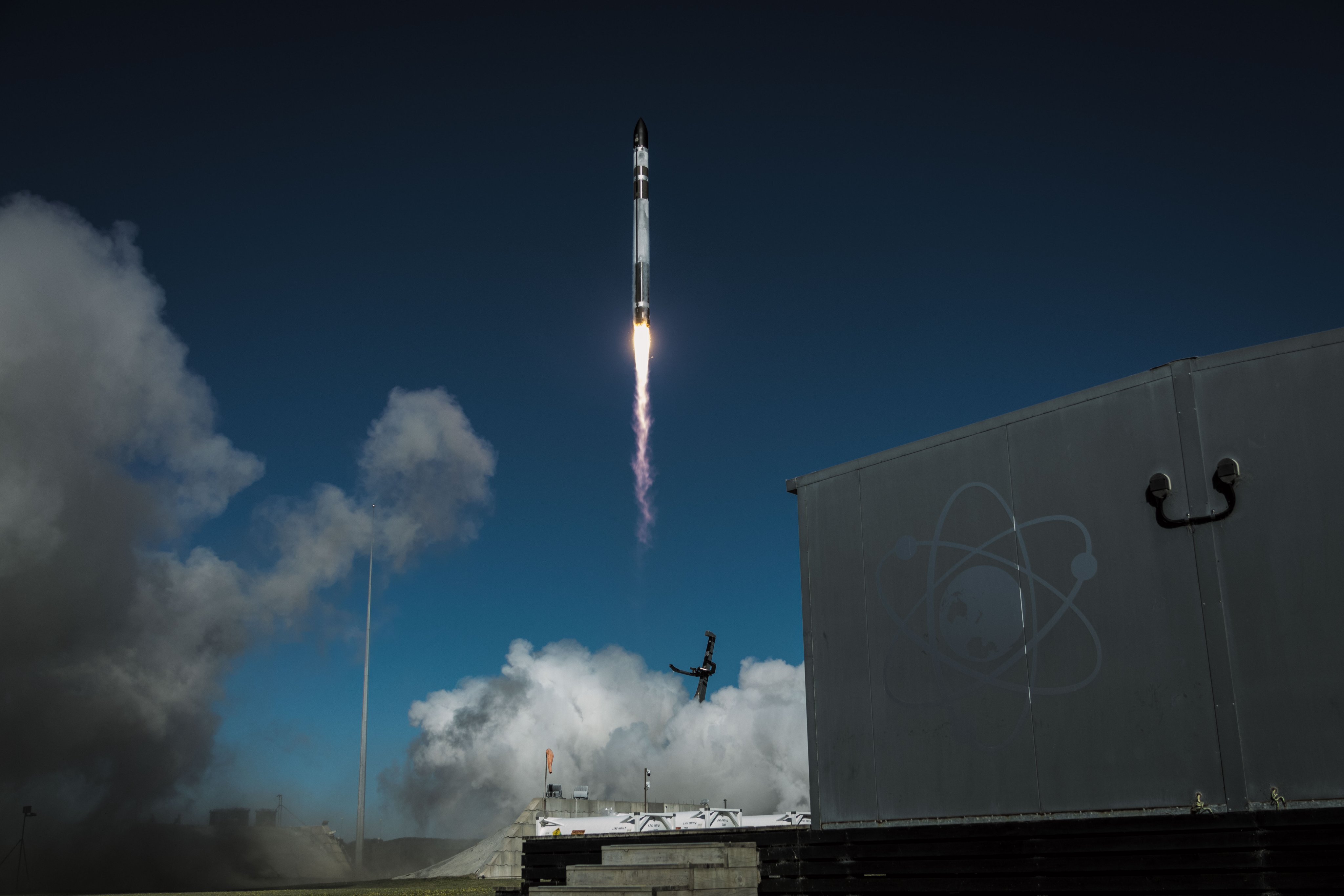4 elusive 'mini-Neptune' exoplanets discovered in a cosmic game of hide-and-seek
Mini-Neptunes are smaller and farther from their stars, and thus harder to spot, than many other exoplanets.

By playing a cosmic game of hide-and-seek, astronomers have spotted four new "mini-Neptunes" around a distant star.
The exoplanets belong to a class of worlds called mini-Neptunes, which are smaller and farther from their stars than so-called hot Jupiters, which are easier to spot because they are massive and orbit close to their host stars. Mini-Neptunes, by comparison, are much more challenging to find.
The newly found planets orbit different stars and are around the size of Neptune or slightly smaller, or about two to five times the size of Earth. Two of the exoplanets orbit the same orange dwarf star, HD 15906, located 149 light-years from our solar system.
Related: 'Mini-Neptunes' may be rocky water worlds
The team, led by researchers from the University of Bern and the University of Geneva in Switzerland, found the mini-Neptunes using the European Space Agency's exoplanet-hunting spacecraft, called the Characterising Exoplanet Satellite (CHEOPS). NASA's Transiting Exoplanet Survey Satellite (TESS) first tipped off CHEOPS to the presence of these exoplanets; both instruments operate by spotting dips in light caused by exoplanets as they cross, or "transit," the face of their parent star.
"NASA's TESS satellite excels at detecting the transits of exoplanets, even for the most challenging small planets," Hugh Osborn, an astrophysicist at the University of Bern who was involved in the new research, said in a statement. "However, it changes its field of view every 27 days in order to scan rapidly most of the sky, which prevents it from finding planets on longer orbital periods."
TESS spotted single transits of two of the exoplanets, TOI 5678 b and HIP 9618 c — which are about 4.9 and 3.4 times the size of Earth, respectively — as they moved in front of their parent stars. But these observations alone were insufficient to confirm the presence of the planets.
Breaking space news, the latest updates on rocket launches, skywatching events and more!
"This is where CHEOPS comes into play: Focusing on a single star at a time, CHEOPS is a follow-up mission which is perfect to continue observing these stars to find the missing bits of information," Solène Ulmer-Moll, an astronomer at the University of Bern and the University of Geneva who was involved in the research, said in the statement.
To make a firm confirmation of these exoplanets, CHEOPS scientists adopted a targeted approach based on clues supplied by TESS to spot additional transits, without spending a massive amount of time focused on these separate planetary systems.
"We then play a sort of 'hide and seek' game with the planets, using the CHEOPS satellite," Osborn said. "We point CHEOPS towards a target at a given time, and depending if we observe a transit or not, we can eliminate some of the possibilities and try again at another time until there is a unique solution for the orbital period."
After four or five attempts with software that proposes and prioritizes candidate periods for each planet, the team confirmed the two exoplanets. They also calculated that TOI 5678 b orbits its star every 48 Earth days, while HIP 9618 c orbits its star, located around 230 light-years from the solar system, every 53 Earth days.
Using the same technique, the astronomers also identified two other similar mini-Neptunes, HD 15906 b and c, in another planetary system. HD 15906 b has a diameter of around 2.3 times that of Earth and orbits its orange dwarf star every 11 Earth days, while HD 15906 c has a diameter of just under three times that of Earth and seems to orbit the same star farther out, circling it in about 22 Earth days.
Using ground-based telescopes, the astronomers got a rough picture of the planets' masses by following up with observations of the "wobbles" that these worlds cause in the motion of their parent stars. From this information, they calculated the exoplanets' densities. However, this still wasn't quite enough information to determine the mini-Neptunes' compositions.
"For mini-Neptunes, however, density is not enough, and there are still a few hypotheses as to the composition of the planets: they could either be rocky planets with a lot of gas or planets rich in water and with a very steamy atmosphere," Ulmer-Moll said. "Since the four newly discovered exoplanets are orbiting bright stars, it also makes them targets of prime interest for the mission of the James Webb Space Telescope (JWST), which might help to solve the riddle of their composition."
The mini-Neptunes are farther out from their parent stars than typical hot Jupiters are, and their relatively cool temperatures could mean they still have atmospheres and clouds that the JWST could investigate. Additionally, these mini-Neptunes' smaller sizes and longer orbits could make them good candidates for learning about Earth-size planets around other stars.
The team's research is published in four separate papers in the journals Astronomy & Astrophysics and Monthly Notices of the Royal Astronomical Society.

Robert Lea is a science journalist in the U.K. whose articles have been published in Physics World, New Scientist, Astronomy Magazine, All About Space, Newsweek and ZME Science. He also writes about science communication for Elsevier and the European Journal of Physics. Rob holds a bachelor of science degree in physics and astronomy from the U.K.’s Open University. Follow him on Twitter @sciencef1rst.


